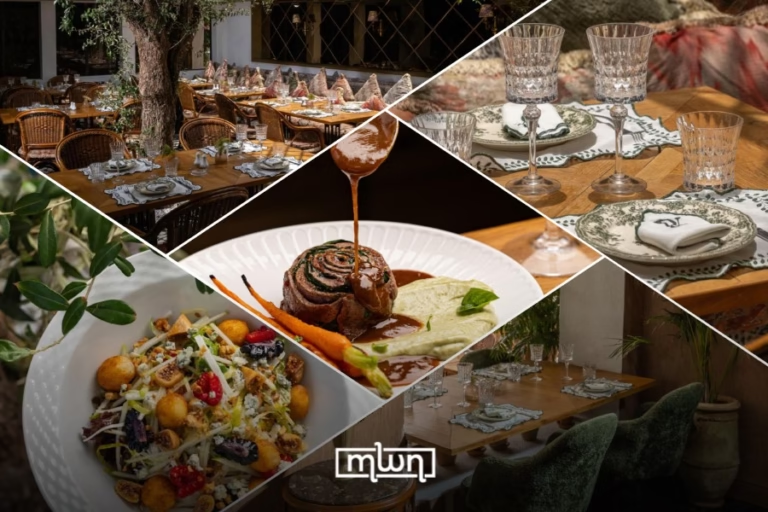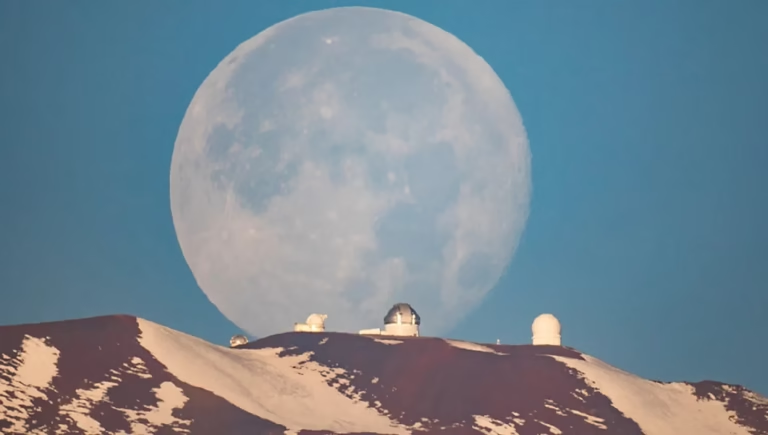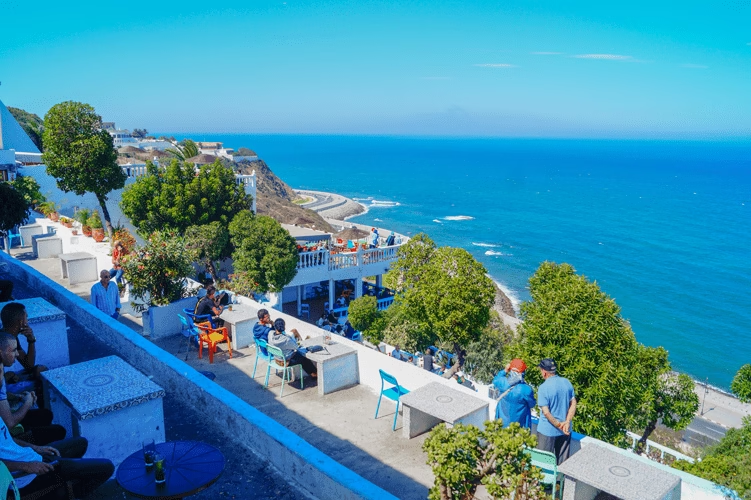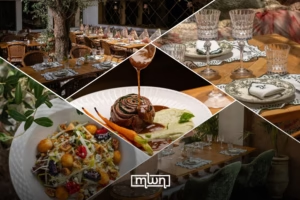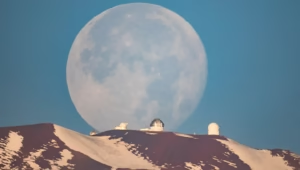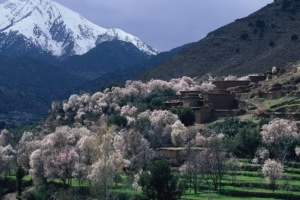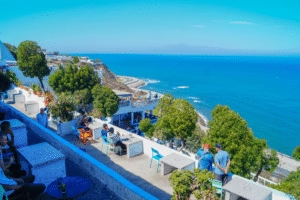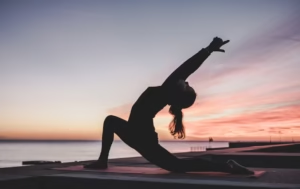Rabat – Many associate the southern of Morocco to the desert and the beginning of the Sahara though this region has many more breathtaking landscapes to offer, ranging from the high Atlas Mountains, palm trees, old kasbahs and valleys.
Here are five of Morocco World News’ most recommended places to visit in Southeast Morocco.
Kasbah Ait Ben Heddou

“Kasbah” also known as “fortified village” is a group of earthen buildings surrounded by high walls and reinforced by corner towers.
Built in the 12th century, the Ksar of Ait Ben Haddou is located 30 km northwest of the city of Ouarzazate. Its traditional buildings are a set of private and public properties with narrow roads full of art galleries and shops that sell traditional items and Berber accessories.
Inside the Kasbah, there is a mosque, two cemeteries (a Muslim cemetery and a Jewish cemetery), a public square, an inn, an attic and other items related to grains harvest and storage.
Commercial exchanges stimulated the region’s prosperity, as the Kasbah was a mandatory stop for camel caravans that linked the southeast to other larger Moroccan cities such as Marrakech, Fez or Meknes.
UNESCO recognized the ksar as a cultural world site in 1987 for its impressive history. Ait-Ben-Haddou is a striking example of the traditional pre-Saharan habitat.
As of 2021, Morocco is a homeland for nine historical sites that figure in UNESCO’s world heritage list.
Dar Gnaoua Bambara

Located in Khamlia, a small village surrounded by sand dunes of Erg Chebbi, Dar Gnaoua Bambara or “the house of the gnaoua” in English is the ideal restaurant to discover the gnaoua culture and history.
Gnaoua music is a genre that aims to practice therapeutic trance rituals that traces the human history of sub-Saharan ethnic groups, their suffering and their hopes.
The population of the village is entirely of sub-Saharan origin and became Berberized upon arrival. However, other inhabitants of the region are a community who would have emigrated voluntarily to the southeast of Morocco outside the framework of slavery.
On your way to Merzouga, Dar gnaoua is a pleasant stopover where Gnaouis welcome you with traditional songs and will take you through the history of the Haratin; former inhabitants of oases in the Sahara and sub-Saharan slaves exported to the Maghreb at the time of slavery.
The restaurant is relatively small but well decorated. Since gnaoua musicians of Khamlia are descendants of slaves deported from Sudan, photos of their ancestors and traditional instruments are displayed at the entrance of the building. A mystical spot to experience the Sahraoui culture.
Morocco national 4×4 auto museum

If you think that everything in Merzouga is sand and oasis, you are wrong.
Morocco national 4×4 auto museum is located on the edge of the Sahara desert and was built under the direction of Sheikh Hamad Bin Hamdan to showcase his car collection.
If you are an automobile enthusiast, this museum is right for you. The museum entrance is free and all cars are displayed according to model, year and use purposes. The collection of 4X4 and racing cars is fascinating and you can find some quirky vehicles on display.
Night camp on the dunes

If you are an uranophile, or someone who loves the night sky, spending the night in the middle of nowhere at the heart of the desert might be the highlight of your desert trip.
Most of the camp hotels are based in the sand dunes where the sky gets so clear at night and if you are lucky, you might also see many constellations, planets, shooting stars and of course the Milky Way.
The camps inside are fully furnished with a large bed with soft blankets, multi-colored rugs and gilded fabric walls reminiscent of the Arabian Nights. Private bathrooms are available inside the tents as well.
Nights are highlighted with a musical show offered by hosts where visitors gather around the campfire after dinner to dance and live the Sahara experience to its fullest. Indeed, a moment of disconnection from social media and the outside world will allow you to reflect on where you are in life.
Ksar taourirt
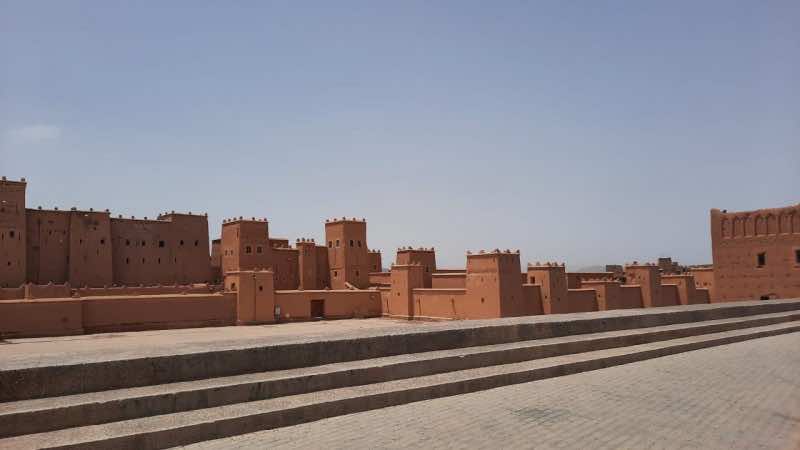
Built in the 17th century, the kasbah (or Ksar) of Taourirt is at the heart of Ouarzazate. The building reveals one of the most beautiful examples of Berber architecture in the city.
The Ksar is also listed as a UNESCO world heritage and served in the past as a palace for Thami El Glaoui, the Pasha (a man of high rank) of Marrakech.
Once inside, you can admire the dining rooms and the private apartments. The richness of the interior decorations matches the fabulous and traditional exterior design.
The Sahara desert is the perfect spot for those seeking to combine between natural wonders, rich history and unique culture. Thus, MWN pinpoints five places that will strike your amazement in your next desert trip.



